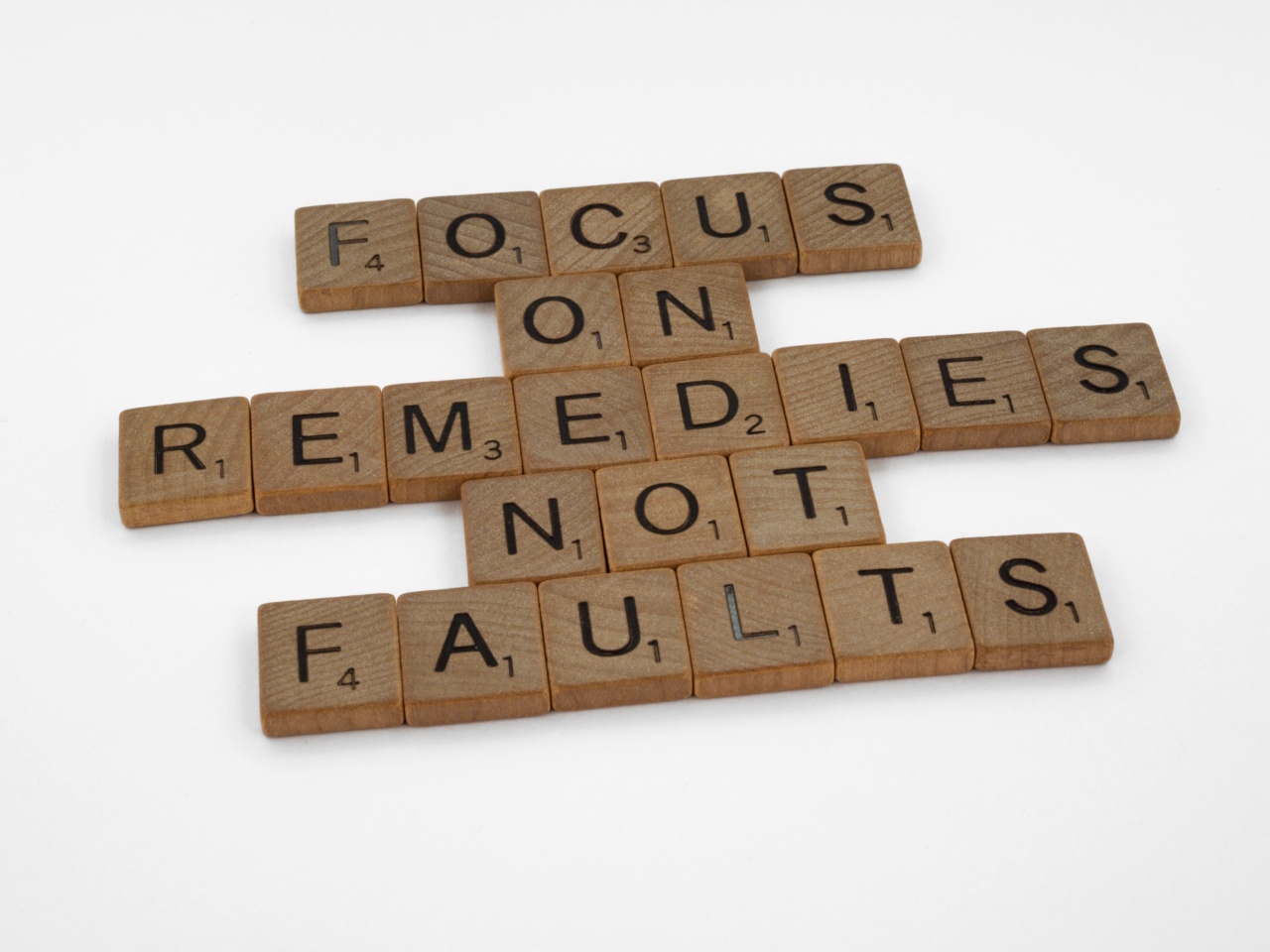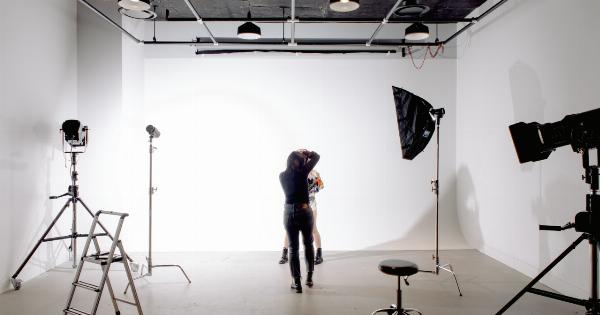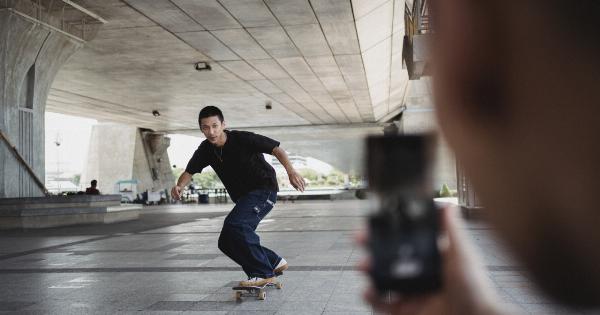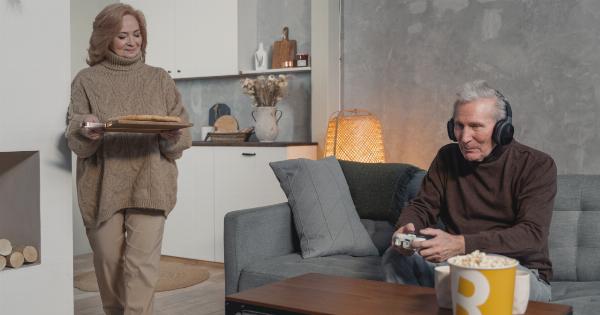Having a good memory is essential in our daily lives. It helps us retain information better and recall it when needed. However, with the fast-paced nature of today’s society, it can be challenging to keep track of all the things we need to remember.
Fortunately, there are ways to improve our memory, and one of these is through the use of images. Here, we will discuss several ways to improve your memory with images.
1. Visualize Information
Visualizing information is one of the most effective techniques in boosting memory retention. It involves converting abstract concepts into images that our brain can easily remember.
For instance, if you are learning a new language and trying to learn new words, you can visualize the words and associate them with images that will help you remember them. You can also use mental images to help remember names, phone numbers, and other facts.
2. Create Mind Maps
Mind mapping involves creating images and diagrams that link ideas to each other. It helps to organize information and connect ideas, making it easy to remember and retrieve them later.
You can create a mind map for different topics and add visual cues such as images, symbols, and colors to make the map more memorable.
3. Use Flashcards with Images
Flashcards are a popular method for learning and memory retention. Rather than just memorizing words, you can use flashcards with images to help your brain associate the images with the information.
For example, if you are trying to memorize the anatomy of the human body, you can use flashcards with images to learn the different parts of the body.
4. Use Mnemonics
Mnemonics are memory aids that use associations to help you remember information. They can be in the form of images, symbols, or even songs.
For instance, you can use acronyms to remember a list of items or create a story that will help you remember a sequence of events. The key to using mnemonics is to link the memory cue to the information you want to remember.
5. Create Mental Images
Mental images are pictures you can create in your mind to help you remember information. They are potent tools for memory retention because the human brain responds well to visual cues.
For instance, if you are trying to memorize a speech, you can create a mental image of yourself delivering the speech to a crowd of people. This will help you remember the words and the order in which you need to say them.
6. Use Color Coding
Color coding is a simple but effective way to improve your memory with images. Assigning colors to different categories of information makes it easier to remember and retrieve them.
For instance, you can use red to signify important information, blue for dates, and green for names. You can also use colors to highlight important parts of a document or presentation.
7. Draw Pictures
Drawing pictures is another effective technique for improving memory retention. It helps to engage the creative part of your brain and stimulate your memory.
For example, if you are trying to memorize a list of items, you can draw a picture of each item and label it. This will help you remember the items and their order.
8. Use Visual Analogies
Visual analogies involve comparing abstract concepts to familiar objects or scenarios. They help to simplify complex concepts, making them easier to remember.
For example, if you are trying to learn about magnetism, you can compare it to a game of attraction and repulsion between two different magnets. This will help you remember the properties of magnetism better.
9. Create Mind Movies
Mind movies involve creating a mental image of yourself performing a specific task or activity. It is a powerful visualization technique that helps to improve your memory and motivation.
For example, if you are trying to learn how to play a musical instrument, you can create a mind movie of yourself playing the instrument perfectly. This will help you improve your memory retention and motivation to practice.
10. Use Memory Palaces
Memory palaces involve creating a mental image of a familiar location and assigning memories to different spots within the location. It is a technique that has been used for thousands of years to help people remember large amounts of information.
For example, if you need to remember a long shopping list, you can associate each item with a different room in your house. This will help you remember the items in sequence and retrieve them easily when needed.
Conclusion
Memory is a critical aspect of our lives, and improving it can help us become more efficient and effective. Using images is a powerful tool for memory improvement, and there are several ways to incorporate images into memory retention techniques.
By following the tips discussed above, you can boost your memory retention and recall abilities, improving your overall productivity and quality of life.































